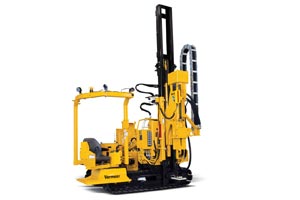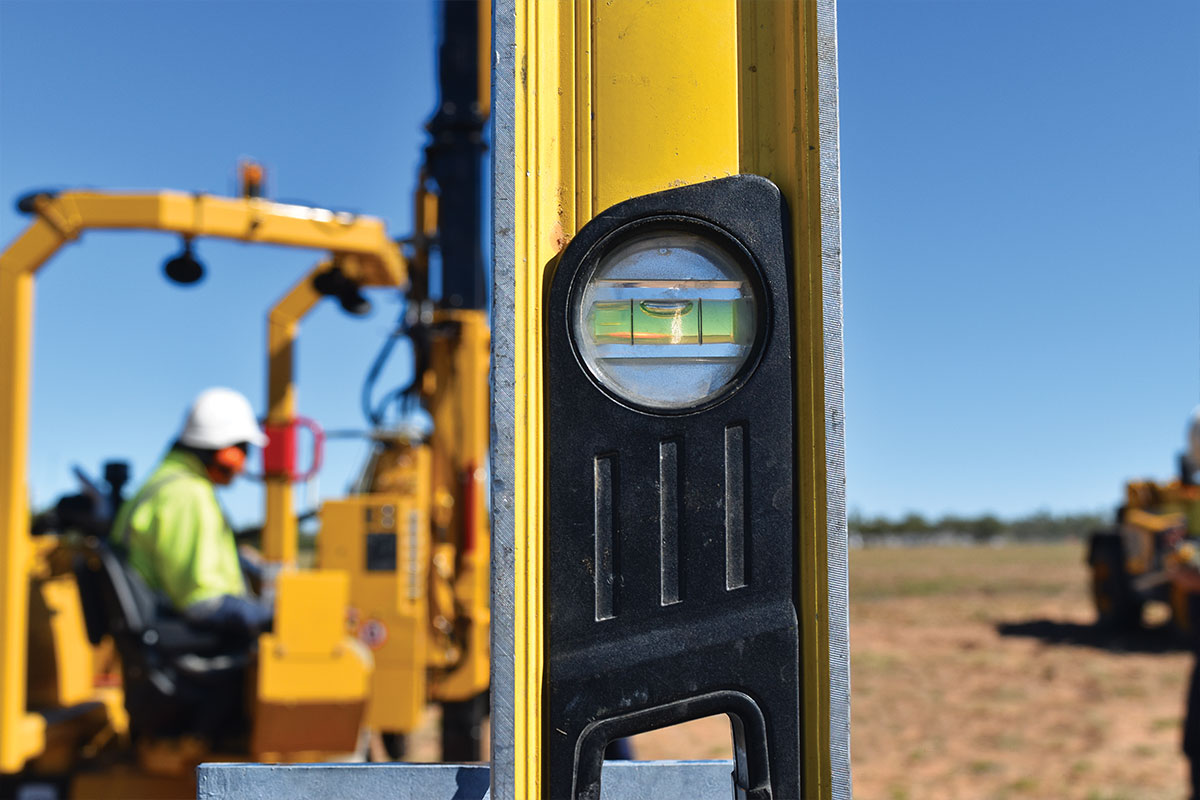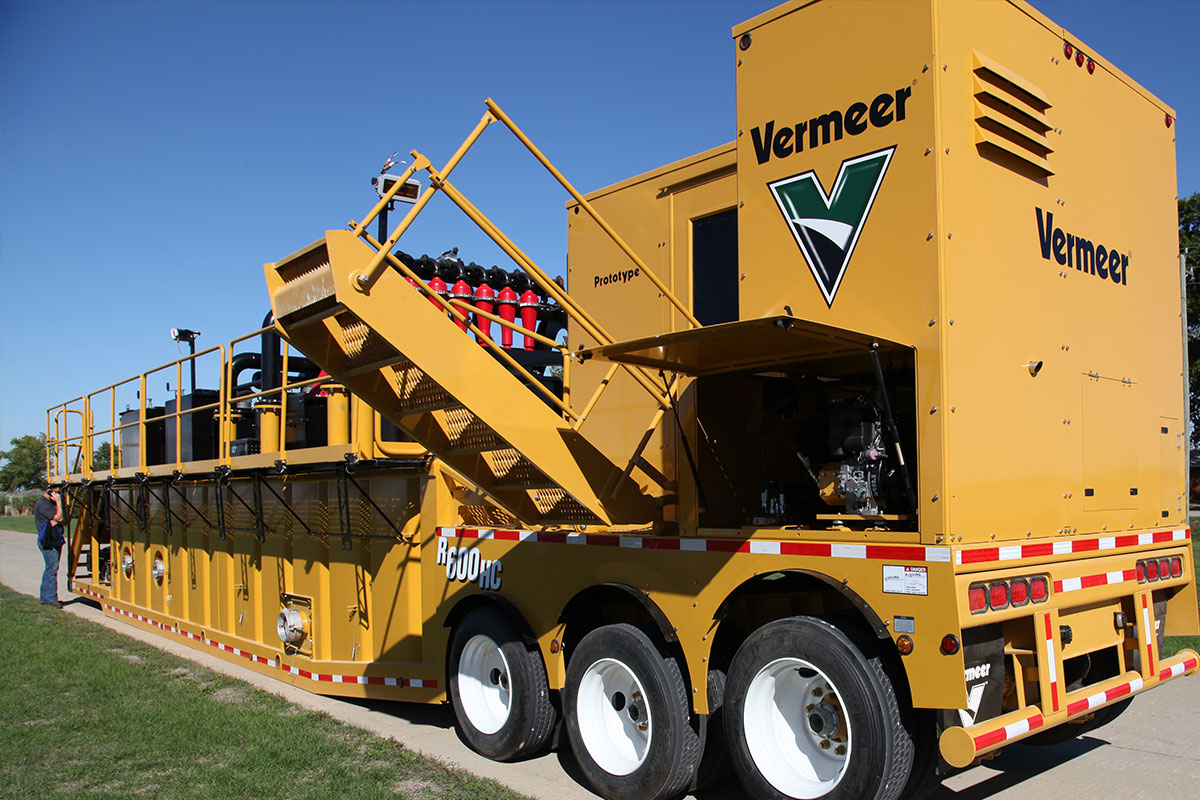Despite policy uncertainty and transmission and connection challenges, the number of large-scale renewable projects underway in Australia at the end of 2019 increased, according to a new report by the Clean Energy Council (CEC). The report found that while the future pipeline is slowing, there is still considerable activity underway, and the CEC is optimistic that the country’s renewable energy industry will be well placed to lead the recovery from the COVID-19 pandemic.
According to the Clean Energy Australia Report 2020, 2019 was a big year for the Australian renewable energy industry, with 89 projects under construction or financially committed to – compared to 87 in 2018 – creating almost 11,000 jobs and delivering 7.6GW of new clean energy capacity. In total, 4.4GW of new renewable energy capacity was installed.
Clean Energy Council Chief Executive, Kane Thornton, said, “Last year saw the construction of 34 new large-scale renewable energy projects, adding 2.2GW of clean energy to the grid. This represents around $4.3 billion in investment and the creation of more than 4,000 new jobs.
“Renewable energy is now responsible for almost a quarter of Australia’s total electricity generation, and the industry continues to grow and evolve as we transition to a cleaner, more affordable and more reliable energy system.”
A record-breaking year for wind and solar
In total, renewable energy was responsible for 24% of total electricity generation in 2019, up by 2.7% from 2018. For a brief period in November, renewables passed 50% of total generation in the National Electricity Market, an occurrence that is expected to become increasingly common over coming years.
According to the report, the wind sector had its best ever year in 2019, with 837MW of capacity added across eight new wind farms, accounting for more than 35% of Australia’s renewable energy generation and overtaking hydro as the leading source of renewable energy.
Solar also saw record capacity added, with the large-scale solar sector accounting for almost two-thirds (1,416MW) of new capacity added in 2019 across 27 solar farms.
Projects underway
As of March 2020, there were 96 projects under construction or due to start construction soon. These projects are expected to deliver over 11,253MW of new renewable energy capacity, create 14,678 direct jobs, and deliver over $20.4 billion in capital costs. New South Wales has the most projects underway (28), followed by Victoria (21) and Queensland (16).
According to the report, while solar accounts for approximately 60% of the new projects being built (5,769MW), a majority of new capacity (6,196MW) will come from the 30 wind farms under construction or financially committed to.
Some of the biggest project underway include:
- Dundonnell Wind Farm, VIC, 336MW
- Stockyard Hill Wind Farm, VIC, 530MW
- Moorabool Wind Farm, VIC, 321MW
- Murra Warra Wind Farm, VIC, 429MW
- Coopers Gap WInd Farm, QLD, 453MW
- Darlington Point Solar Farm, NSW, 275MW
- Coppabella Wind Farm, NSW, 295MW
- Riverland Solar Farm and Storage, SA, 330MW
Planning is also underway on the world’s biggest solar farm outside Tennant Creek in the Northern Territory. The $20 billion Sun Cable project is proposed to involve a 10GW solar array spread over 15,000 hectares, supported by a 22GWh battery, and will export the power generated to Singapore. The project is only in the earliest planning phase, but already has a number of high-profile investors.
Addressing challenges
Mr Thornton said the achievements of 2019 were even more impressive considering the significant challenges the industry is currently facing.
“After more than a decade of unstoppable growth, 2019 saw a 50% downturn in new large-scale renewable energy investment commitments – with grid congestion, erratic transmission loss factors and system strength issues creating barriers for project developers and impacting investor confidence.”
While energy regulators are working hard to address these issues, Mr Thornton said a quick resolution was essential to ensure the industry’s momentum could be restored and Australia’s future energy supply secured.
Additionally, with the COVID-19 pandemic having a significant impact on the economy, Mr Thornton said that the Clean Energy Council is lobbying federal, state and territory governments to ensure that renewable energy and energy storage is a key part of their COVID-19 response packages.
“The renewable energy industry is uniquely placed to lead Australia’s recovery from the COVID-19 crisis. In addition to providing much-needed stimulus to the Australian economy, we can insulate households and businesses from high electricity costs while also ensuring that we meet our emissions reductions obligations.”
Despite facing some considerable challenges, Mr Thornton said he strongly believes the industry has a bright future.
“There is still a strong pipeline of renewable energy and storage projects and enormous customer demand for rooftop solar and batteries. These will be critical in replacing Australia’s aging coal-fired power stations, meeting Australia’s climate change targets and ensuring affordable and reliable power supply,” he said.
Equipment for contractors to remain competitive
Despite the slowdown in investment of new projects, the strong pipeline of projects underway or financially committed to, as well as optimism about the future of renewable energy in Australia, ensures there are still plenty of opportunities for contractors.
The key to contractors increasing their chances of winning work is using equipment that is reliable and cost-effective, mitigating unexpected expenses from project delays or machinery failure.
For large-scale solar farms, the installation of piles has the potential to throw a project off track. It is common for piles to be installed using a back-hoe and auger, however this is a time-consuming process which becomes even slower when working with hard terrain.
Purpose-built solar pile drivers, like Vermeer’s PD10, are an alternate installation method, and as they are designed for the renewable industry, they have the accuracy and size variability required. This means piles can be installed cheaper and quicker.
For wind farms, being able to excavate and prepare the site for installation quickly is a key benefit to efficiency. A track trencher like Vermeer’s T755 is ideal for excavating the uneven and hilly terrain a lot of wind farms are built on with its oscillating track frame allowing the track to follow the ground’s contour to create a straight vertical trench. Its low speed, high torque, splined headshaft motor has superior ground penetration, and the dual chain and dual sprocket system helps stop chains slipping or falling off, reducing downtime.
By investing in the right equipment, contractors can offer greater productivity, and better time and profit margins, putting them in the position to keep winning work in what could become a competitive market as the sector waits for another increase in investment.

Vermeer developed the PD10 Solar Pile Driver to meet the industry need for quick-working, accurate equipment. It has been specifically designed to meet the tight tolerances demanded by commercial solar contractors.
Featuring native Carlson GPS machine guidance – co-developed by Vermeer and Carlson – the PD10 offers high precision and outstanding overall tolerance, well within most construction tolerance specifications. This feature greatly decreases the amount of onsite surveying needed, resulting in significant cost savings and reduced fatigue on surveying personnel.
Features:
- GPS guidance
- Auto-plumb correction
- Laser-controlled post-depth-control
- Wide track pad to minimise jobsite disturbance
- Dual joystick controls
- Efficient ground drive

Vermeer’s T755 Track Trencher provides the versatility to excavate different types of terrain and materials, including heavy rock, while improving worksite safety by constructing smoother, safer walls over long distances.
Features:
- SmartTEC performance software helps optimise productivity with real-time machine control prompts, as well as monitor and record functions encouraging proactive machine maintenance and operator performance analysis
- Elevated rollover-protective module cab featuring LEXAN glass, filtered and pressurised air, and heating and air conditioning. Its vantage point allows a virtually unrestricted view of the boom, trench and conveyor
- Optional oscillating track frame that allows the track to follow the ground’s contour ensuring a vertical trench on slopes up to ten degrees
- Rotary power trencher drive motor and splined headshaft for lower speeds and higher torque, providing superior ground penetration and low chain wear
- Optional remote control

 MyDealer:
MyDealer:


